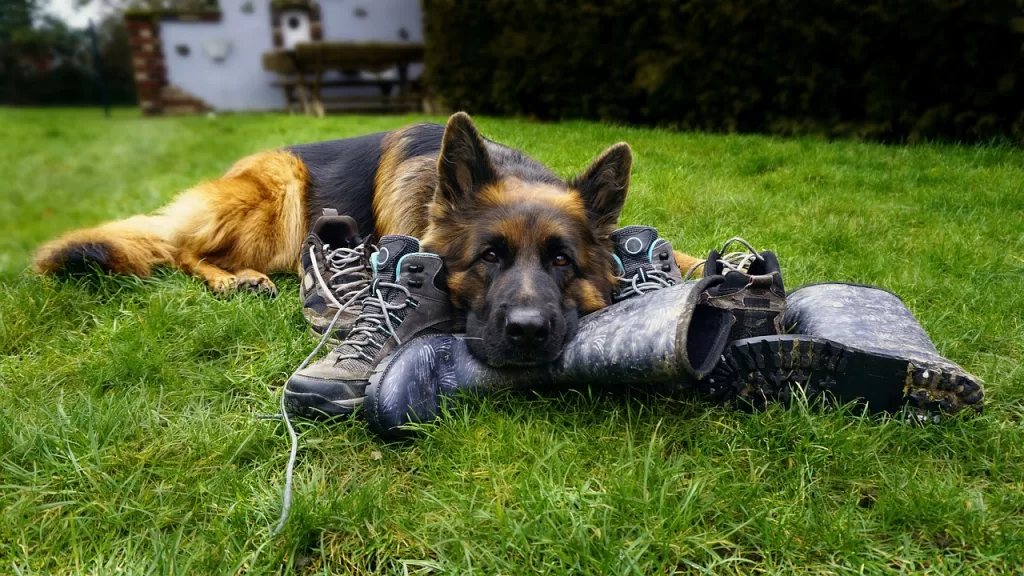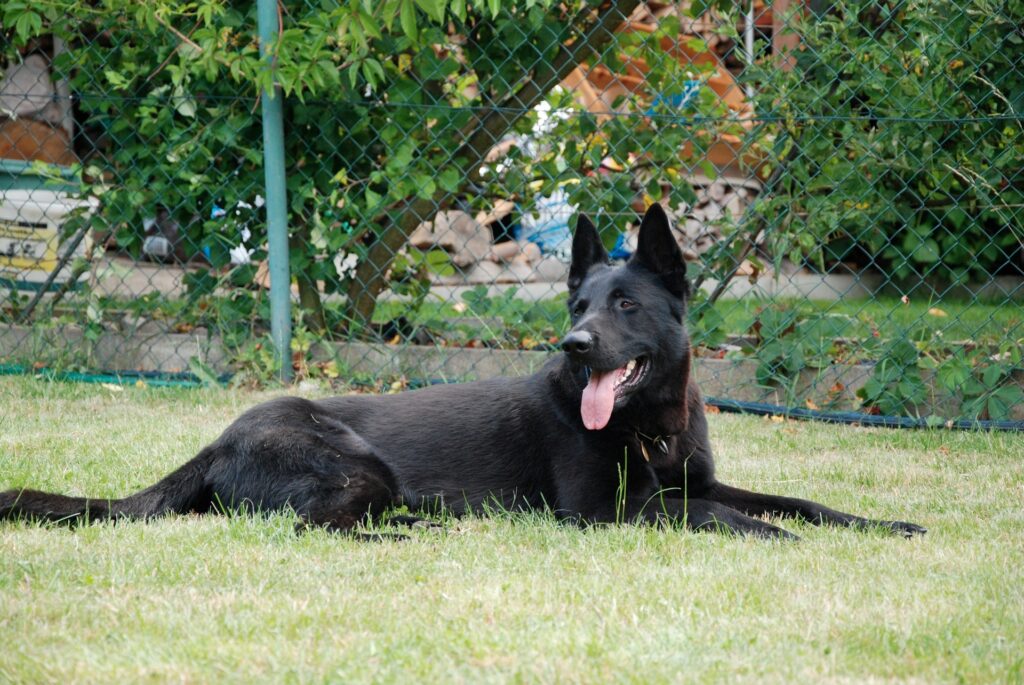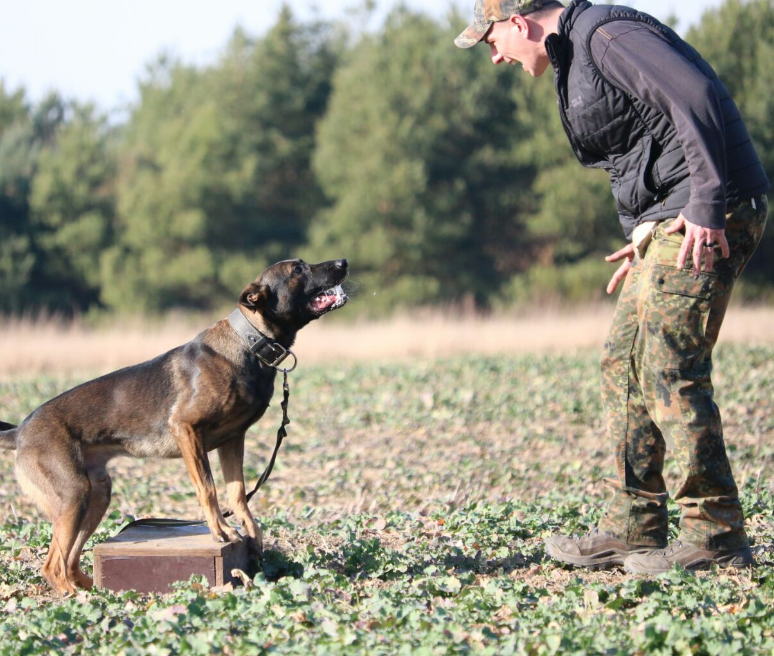
Communication is the cornerstone of any successful relationship, and this holds true for our bond with our furry companions as well. Dogs, being incredibly intuitive and observant animals, thrive on effective communication to understand and respond to their human partners. While verbal commands are a common way to train dogs, incorporating hand signals into the training process can enhance communication significantly. In this blog post, we’ll delve into the art of using hand signals in dog training to foster a deeper connection and achieve better results.
The Power of Visual Communication
Dogs are visual creatures. They naturally pay close attention to our body language and facial expressions. Hand signals leverage this innate ability, providing a clear and consistent way to convey commands and expectations. Visual cues eliminate any confusion caused by tone of voice, background noise, or other auditory distractions. This is particularly beneficial for dogs that may have hearing impairments or for situations where quiet commands are necessary.
Advantages of Hand Signals in Dog Training
- Universal Understanding: Hand signals transcend language barriers. Whether you’re training a dog from a different region or teaching commands to an international audience, visual cues can be understood universally.
- Precise and Consistent: Dogs excel in understanding patterns and consistency. Hand signals offer a precise and consistent means of communication, reducing the chances of misunderstandings and reinforcing the behavior you desire.
- Non-Threatening: Dogs can sometimes associate certain tones of voice with punishment or negative situations. Hand signals provide a gentler way to communicate, reducing anxiety and fear in training.
- Enhanced Focus: Dogs are less likely to become distracted when following hand signals, as they are naturally drawn to movement. This heightened focus can be especially advantageous in distracting environments.
- Building Trust and Bond: Training with hand signals necessitates close interaction and eye contact, strengthening the bond between you and your dog. This trust-based relationship is the foundation of successful training.
Getting Started with Hand Signals
- Choose Clear Signals: Opt for distinct and easily recognizable hand gestures for each command. For instance, use a flat palm facing up for “sit,” and a sweeping motion from your chest to your side for “down.”
- Consistency is Key: Train yourself to use the same hand signals every time you give a command. This repetition reinforces your dog’s understanding and response.
- Pair with Verbal Cues: Initially, pair the hand signal with a verbal command that your dog is familiar with. Gradually phase out the verbal cue as your dog begins to associate the hand signal with the desired action.
- Positive Reinforcement: Always reward your dog with treats, praise, or playtime when they successfully respond to a hand signal. Positive reinforcement encourages repeated desirable behavior.
- Short Sessions: Keep training sessions short and engaging. Dogs, like humans, have limited attention spans. Frequent, brief sessions are more effective than lengthy ones.
Patience and Practice
As with any training method, patience and practice are key. While some dogs may pick up hand signals quickly, others might take more time. Be patient and persistent, and tailor your approach to your dog’s individual learning style. Consistency and positivity are the foundations of successful training.
In conclusion, enhancing communication through hand signals in dog training offers a myriad of benefits. It allows for clearer, more precise communication, fosters a stronger bond between you and your furry friend, and helps your dog become a well-behaved and responsive companion. By understanding the power of visual cues and committing to consistent training, you’re embarking on a journey toward a harmonious and fulfilling relationship with your canine companion.
For more details, please visit our website www.valhallk9.com


